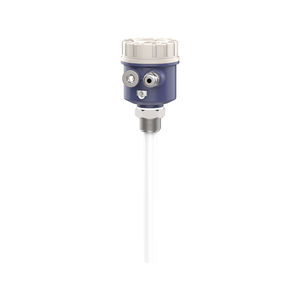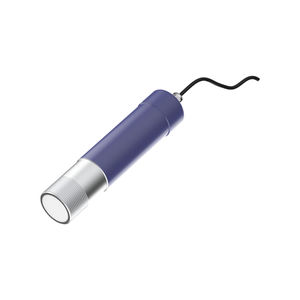
- Company
- Products
- Catalogs
- News & Trends
- Exhibitions
Vibrating rod level switch for liquids
Add to favorites
Compare this product
Characteristics
- Technology
- vibrating rod
- Medium
- for liquids
- Process temperature
Min.: -40 °C
(-40 °F)Max.: 130 °C
(266 °F)- Process pressure
20 bar
(290.08 psi)
Description
The vibrating rod level switch contains piezoelectric components, which are used for driving and signal feedback to make the probe resonate. When a material level comes into contact with the probe, the vibration will stop and a grounding signal will be output. The vibrating rod level switch relies on the damping effect generated when the measured object is wrapped around the probe to stop resonance and output a switch signal. Therefore, there is no signal amplification circuit inside the vibrating tuning fork level switch, which can avoid the problem of frequently adjusting sensitivity due to changes in material properties.
Catalogs
No catalogs are available for this product.
See all of RETTAR‘s catalogsRelated Searches
- Level limit switch
- Level probe
- Liquid level limit switch
- Liquid level probe
- Analog level probe
- Protection level level switch
- Stainless steel level limit switch
- Storage tank level probe
- Liquids level indicator
- Solid level limit switch
- Water level probe
- Ultrasonic level sensor
- Radar level sensor
- IP67 level limit switch
- Solid level probe
- Compact level limit switch
- Electronic level indicator
- Compact level sensor
- Tank level indicator
- High-precision level probe
*Prices are pre-tax. They exclude delivery charges and customs duties and do not include additional charges for installation or activation options. Prices are indicative only and may vary by country, with changes to the cost of raw materials and exchange rates.








